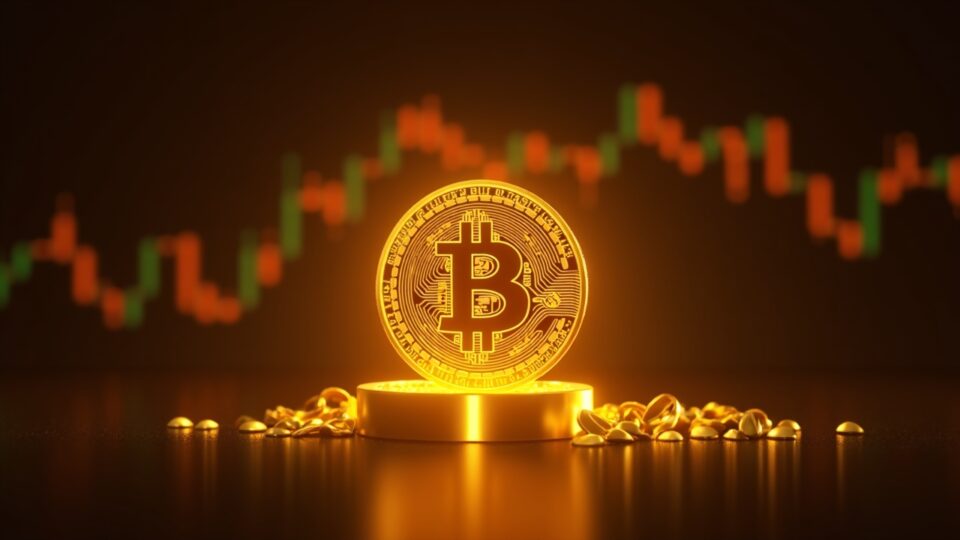Bitcoin at one million dollars anchors the “gold 2.0” pitch from Cameron and Tyler Winklevoss, who run the Gemini exchange. They argue the coin could reach that round number if it captures even a slice of gold’s ten-trillion-dollar market. Their message rests on scarcity, growing institutional access, and the fact that moving Bitcoin is easier than moving bars of gold.
Cameron and Tyler Winklevoss call Bitcoin “gold 2.0.” They say it can hit one million dollars if it steals even a slice of gold’s market. They put their own money on the line first — eleven million dollars that later grew to about seventy thousand coins. Their case leans on three plain facts: there will only ever be twenty one million coins, big funds now buy it, and moving it is easier than moving bars of gold.
Other well known names echo the same target. Arthur Hayes of BitMEX and leaders at Coinbase or ARK Invest publish charts that end at the same six zero mark. Concrete helpers show up: every four years the network halves the reward paid to miners, so new coins arrive more slowly, and spot ETFs now let pension funds buy and store the asset through brokers. Headwinds also show up: Gemini itself faces court action over its Earn product, a reminder that fast growth draws regulators.
The case for gold 2.0 and the six-zero target from Winklevoss
ETFs give funds a simple, audited doorway, making it easier for traditional investors to gain exposure without handling private keys. Meanwhile, fresh money deepens the order books, yet a sudden exit by a few large holders could drain them just as fast, keeping volatility in play.
The lawsuits and disclosure demands raise compliance costs and can freeze products, shaping how and where new offerings come to market.
The claim that Bitcoin stores value lures long term buyers, but daily price swings still test their nerves and conviction.
Only twenty one million coins will ever exist; ETFs and the cash they channel serve as the demand engine; court cases like the one over Gemini Earn show that regulators watch every new product; and the price forecast comes from dividing a slice of gold’s total value by the fixed coin count.
In practice, the “gold 2.0” story turns on whether scarcity, institutional pipelines, and clear rules can outrun volatility and regulatory friction. If they do, the thesis points to the round-number goal; if they don’t, the path stays uneven and contested.

